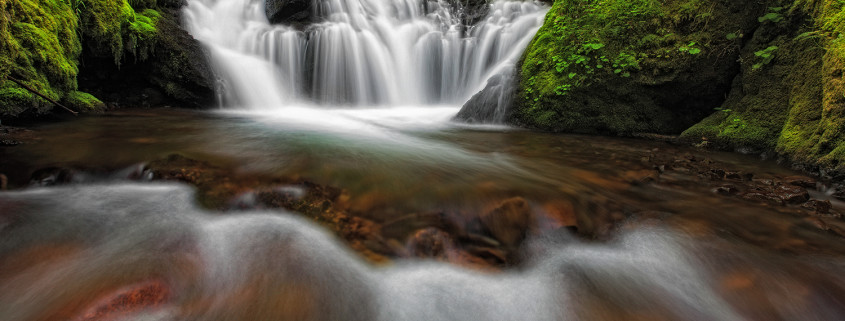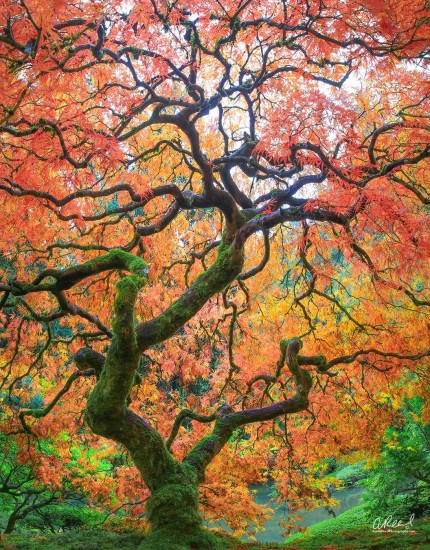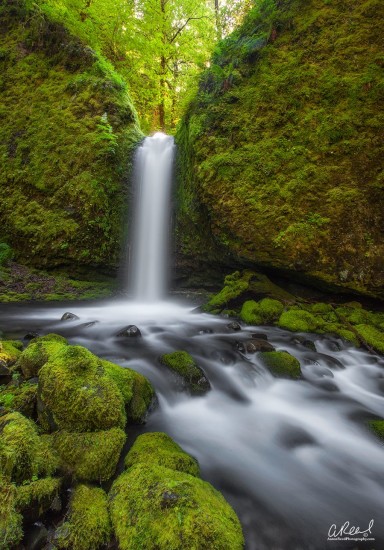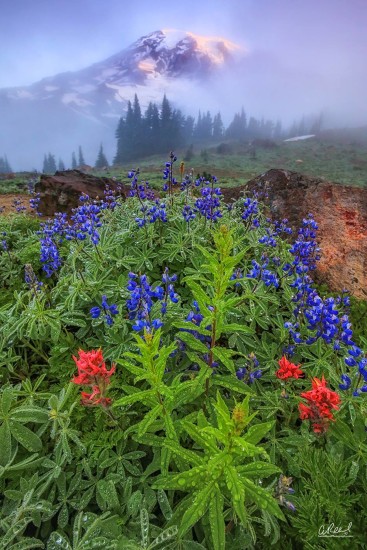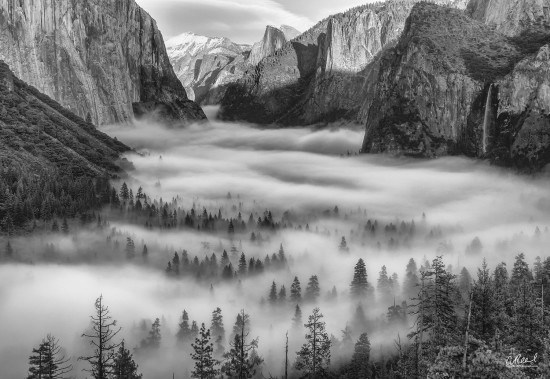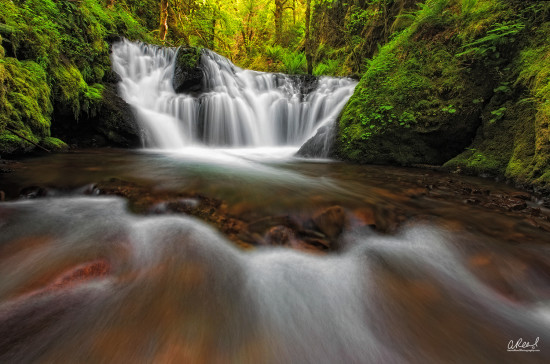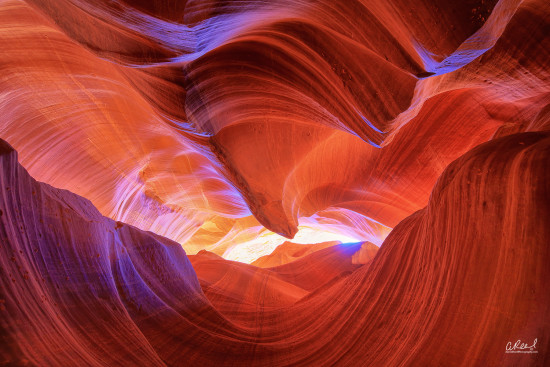Composition is Everything
While we may each have our own unique motives, the majority of landscape and nature photographers who show their work share the common goal of connecting with our audiences visually through our imagery. While much of the feedback you receive from others shows either favor or opposition to the whole image, if asked directly you’ll find that your audience is drawn to specific elements of your photograph for one reason or another. Each of the individual characteristics that make up our images are important in their own way and, both separately and collectively, hold the power to grab your viewer’s attention. Color, contrast, subject matter, atmospheric condition, and quality of light are all examples of these critical pieces of the puzzle we call art.
Subject matter is often the first element of a photograph that’s assessed by your audience. For example, a photograph of an ashtray would cause many to immediately dismiss it and move on whereas a lush forest scene would cause many more to pause. While striking colors or contrasts within an image can evoke a strong immediate reaction, these feelings are often short-lived and can even distract from the vision you, the artist, are looking to share. Although atmospheric condition and quality of light pack more staying power when it comes to holding the attention of your viewer, there is something far more powerful and key to a successful image… the art of composition.
Composition is EVERYTHING. Composition is made up of the lines, shapes, and sense of direction created by your imagery. Composition is easy to point out but difficult to teach. The ability to create dynamic, beautiful, and demanding compositions is often the reason they say you either got it or you don’t. You can’t buy it in an ebook, download it as a zip file, or receive it as a gift. There is only one way to strengthen your ability to create effective compositions… through dedication to your craft; the never-ending pursuit and cultivation of your artistic vision through practice and good old fashioned hard work. Composition IS the ability to hold your viewer’s attention. In this day and age, the time people have available to sink their teeth in grows shorter and shorter each day.
The strongest element of composition in landscape photography is the visual lines… creating a path to lead the viewer into and through an image. When these leading lines as they are often called, are used well, they provide a sense of purposeful direction. This becomes a very effective “roadmap” constructed by the artist showing exactly how they hoped you would “travel” through their vision and through the image. These lines bring depth and a three-dimensional element to a two-dimensional medium. When used incorrectly, these same lines can leave a viewer uncertain of where to look or, even worse, lead them directly and entirely out of and away from your image. Due to limited attention spans, when viewers leave, they are often gone for good. The very best compositions, which I like to say have the X factor, almost cause the viewer to be trapped inside the image requiring a conscious decision to break free from the visual hold. More important than your subject, the technical proficiency you posses, the gear you used, or the way you process your imagery, composition should be your focus above all else.

